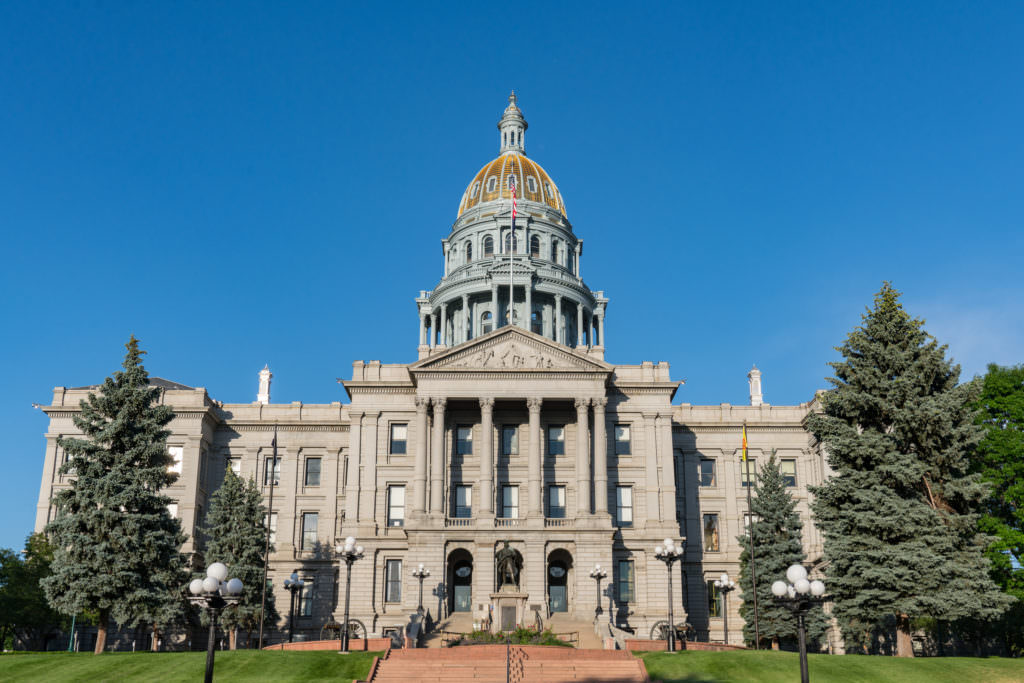
Consider the example of a traffic accident caused by the negligence of a commercial truck driver. In a normal case, the truck driver’s history of bad driving is irrelevant and inadmissible. All that matters is whether the truck driver was negligent on the day in question, not whether he had a history of speeding or driving while intoxicated. But to succeed on a claim for direct negligence against the truck driver’s employer, the plaintiff must prove that the truck driver had a dangerous propensity or characteristic; that the trucking company-employer knew about this history or should have known about it; and that the company failed to take reasonable steps to guard against it. That in turn makes all the evidence of the truck driver’s history of bad driving both relevant and admissible. Plaintiff’s attorneys quickly learned to assert claims for direct negligence against the employer in all such lawsuits, thereby giving them access to the employee’s personnel files with all the evidence of the employee’s bad conduct. And plaintiff’s attorneys could then introduce this evidence for the not-so-veiled purpose of prejudicing the jury against both the employee/truck driver and the trucking company/employer.
The Colorado Supreme Court put an end to this in 2017. Acknowledging the unavoidable strength of persuasive precedent from across the country, the Supreme Court held, in Ferrer v. Okbamicael, 2017 CO 14M, 390 P.3d 836, that if the employer admits that it is vicarious liability for the negligence (if any) of its employee, the plaintiff cannot pursue a separate claim for direct negligence against the employer for negligence stemming out of the hiring, training or supervision of that employee. The decision rests upon sound precedent as reflected in the well-established majority rule across the country and inescapable logic.
But the State of Colorado has now put an end to this. Bowing to the wishes of the plaintiff’s bar, the Colorado General Assembly in the Spring of 2021 passed a law expressly overruling the Colorado Supreme Court’s decision in Ferrer. The Bill was introduced first in the House of Representatives and was known as House Bill 21-1188 (or simply “HB 21-1188”). With the Bill’s addition to C.R.S. 13-21-111.5, a plaintiff’s direct negligence claim against an employer or principal, that has acknowledged vicarious liability for an employee’s or agent’s negligence, is NOT BARRED. This law restores the status of civil litigation regarding claims for direct negligence against employers or principals to what it was before Ferrer.
The holding of Ferrer meant that plaintiffs could not introduce evidence of the employer’s negligent hiring of an employee, because such evidence was unfairly prejudicial to the employee and would serve no purpose since the employer has already assumed liability for the employee’s negligence. In addition, the Court found that there was a danger that the jury would assess the employer’s liability twice and award duplicative damages to the plaintiff, if it hears evidence of both a negligence claim against an employee and direct negligence claims against the employer. This would pervert the theory of respondeant superior liability because the liability of the employer is fixed by the liability of the employee. This means that if an employee is 60% liable for an accident, then the employer is also 60% liable, regardless of any type of negligent conduct the employer might have committed outside the actual accident. Thus, the Court found that a plaintiff was barred from making a direct negligence claim against the employer who has admitted vicarious liability for the negligence of its employee, because allowing such direct claims against the employer would permit the introduction of evidence that would be unfairly prejudicial to the employee, risking a biased jury verdict.
The House of Representatives fully intended HB 21-1188 to reverse the holding in Ferrer. Section 1(c) of the Bill clearly states that “the intent of the general assembly [is] to reverse the holding in Ferrer v. Okbamicael, 2017 CO 14M, 390 P.3d 836, that an employer’s admission of vicarious liability for any negligence of its employees bars a plaintiff’s direct negligence claims against the employer.” Section 1(a) of this Bill states that “when an employer or principal acknowledges vicarious liability for an employee’s or agent’s negligence, a plaintiff’s direct negligence claims against the employer are not barred.” This means that plaintiffs can bring claims against both employee and employer for negligence, even when the employer has already conceded direct liability for its employee’s negligence. This does not mean, however, that a plaintiff can recover compensatory and exemplary damages more than once for the same injury. This reopens the door for the possibility of increased recoveries for plaintiffs because they will once again be able to introduce evidence of the employee’s history of bad conduct, which is prejudicial, does not serve a valid purpose, and will inflame the jury.
The passage of House Bill 21-1188, and its subsequent signing by the Governor and enactment into law, will undoubtedly have negative repercussions on Colorado businesses and insurers. It is important to note that this law will only apply to future actions. For this reason, the Bill’s provisions only apply to civil actions commenced on or after the effective date, which is September 7, 2021.
If you would like further details about this Bill and its implications for your business, please contact Malcom S. Mead or Ryan Winter. A special thanks to Summer Associate Rachel Medaugh for assisting with this legal update.
